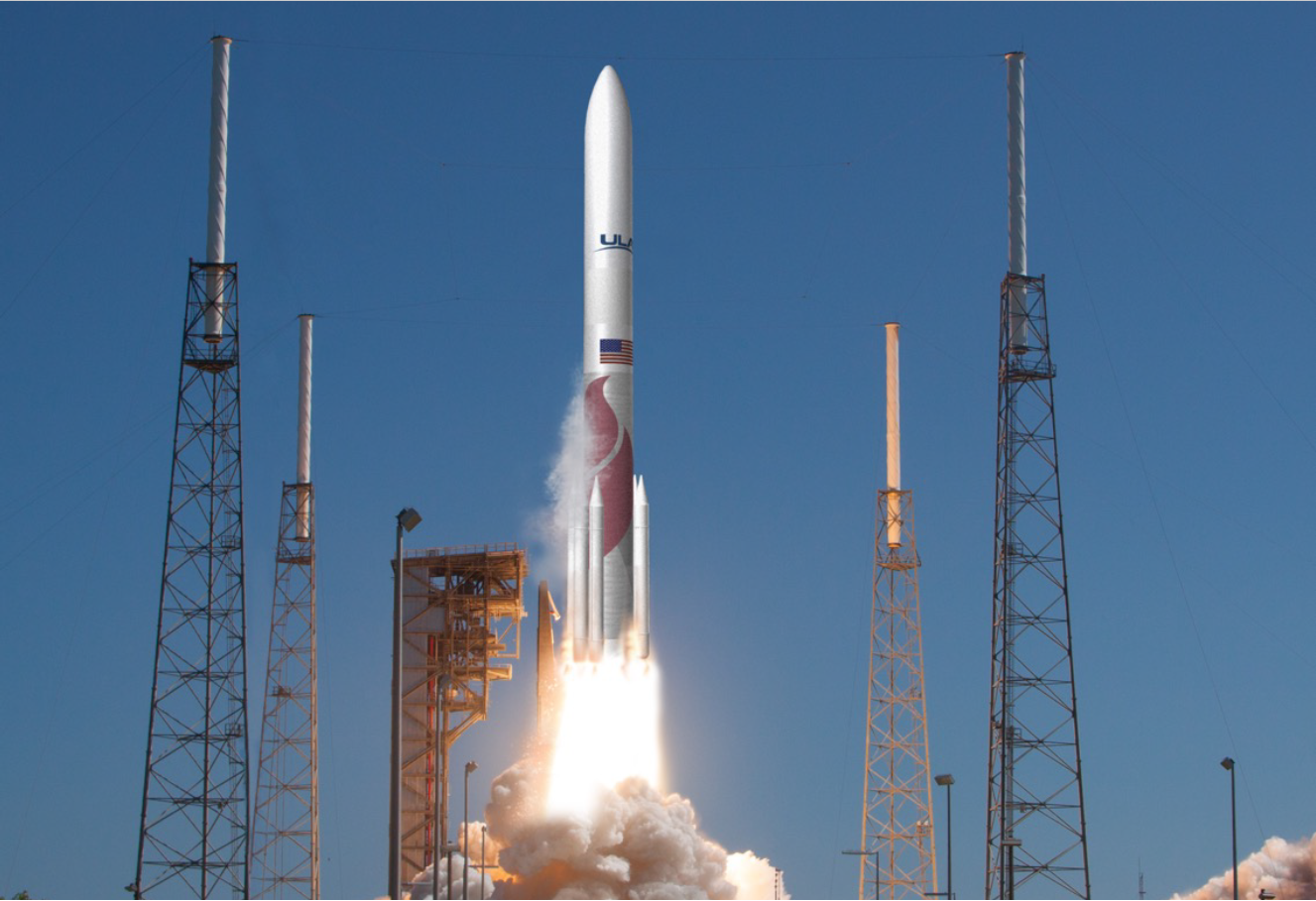A leading global aerospace manufacturer at the top
Data-Driven Proof-of-Concept B2B Application
A working application allowed a leading aviation company to demonstrate key features and gauge interest in a new offering
Challenge
This large global company operates with a heavily siloed organizational structure and process-rich manufacturing environment.
Modern airplanes are basically flying IoT sensor arrays, with almost every part of the plane capturing data during a flight, which is downloaded for analysis by the airline when a plane lands. This data contains a wealth of potential insights, such as performance trends that can lead to more accurate maintenance planning. This data becomes even more valuable when it is aggregated with other airline-specific data as well as supplier data so it can be used to identify trends and issues early, to the benefit of the industry.
Of course, much of this data is also proprietary and demands high security so that different airlines and suppliers are only sharing what they are willing to share and can maintain control over who sees what and for how long.
They needed a better way to share data between organizations in a highly controlled and secure way.
The company wanted a proof-of-concept that would demonstrate an interaction between them, an airline, and a parts supplier, and the value of this aggregated data. It was needed under a tight timeline, and it needed to demonstrate innovation and customer-focused development to its customers.

The Solution
Because this project was a new type of endeavor, they did not have an established process internally and selected Kopius* as its innovation partner, benefiting from Kopius’ nearshore engineering services, with team members based in the US and in Argentina.
Kopius conducted a series of client interviews and design sessions with key stakeholders to understand current processes and capabilities for sharing this type of data. Because this was a new capability, there were many gaps and unknowns in the process. Our team led the customer through envisioning sessions to develop wireframes for key features in the solution while also working closely with Microsoft to integrate with existing technology solutions including Microsoft Synapse, Purview, and an unreleased Microsoft product that creates and enforces contracts when data is shared securely.

Results
The solution was a responsive web application hosted in Azure that allowed users to access, share, and analyze data with airline customers and suppliers in a secure and trusted environment.
The result was a working application that allowed them to demonstrate these key features to customers to gauge interest in becoming an early adopter of this new offering. The effort also enabled them to collect early user feedback to inform the exploration of new revenue streams by monetizing existing data. They were able to conduct market analysis rapidly and inexpensively without the long and expensive process of launching a new service.
*Work was performed under the previous business name, Valence





